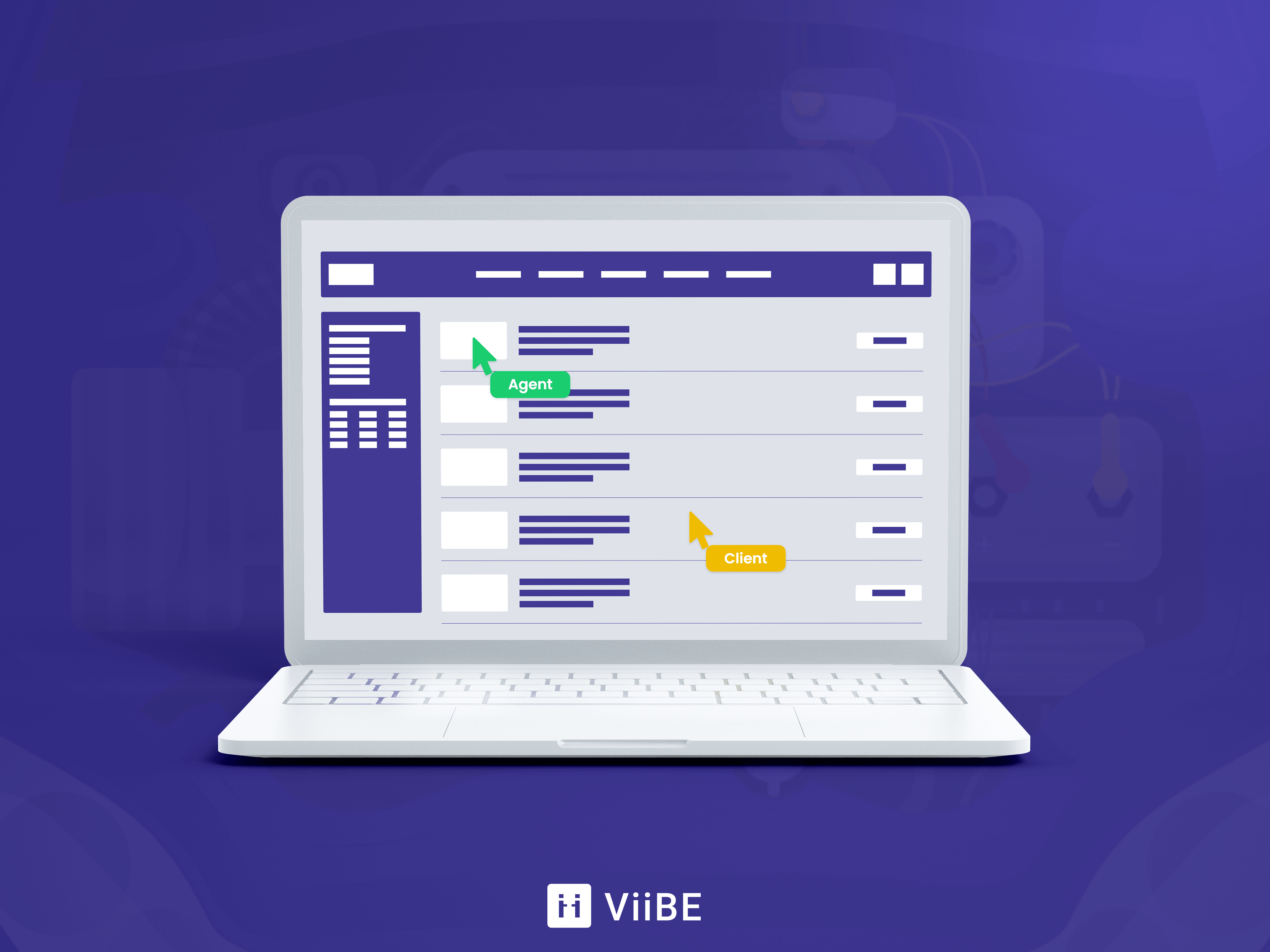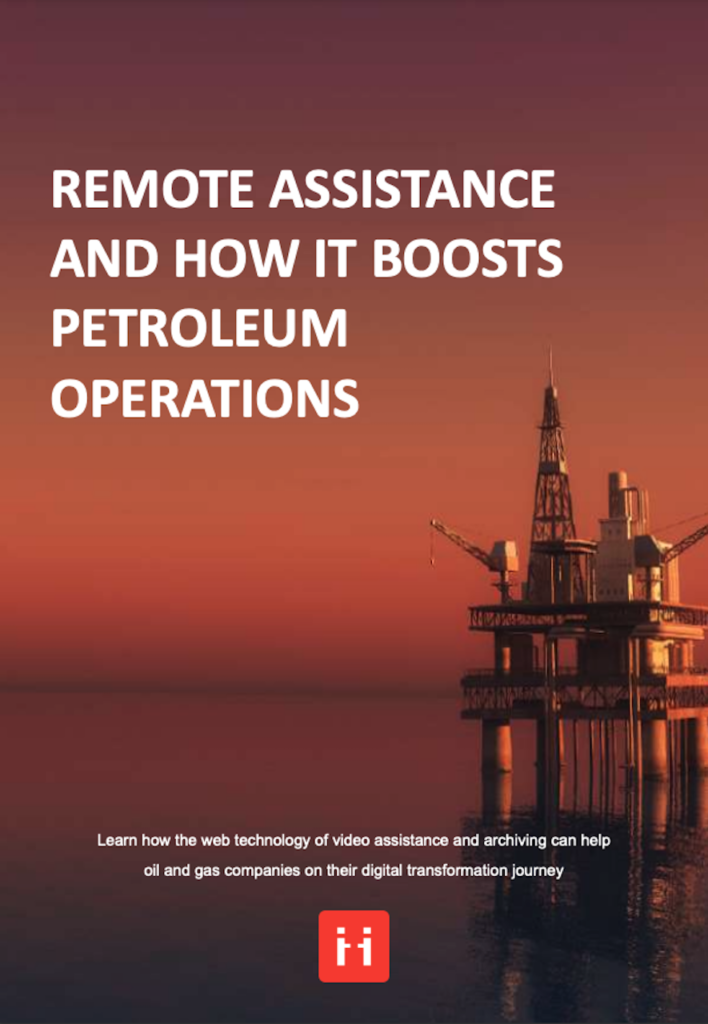6 Ways to Optimize the Oil and Gas Value Chain

- Marc Prempain
- December 1, 2020
Share this article
Contents
Share this article
Contents
1. Incentive for digital transformation
In 2020, the global petroleum industry experienced a supply shock. This was followed by a plunge in demand brought on by the Covid-19 crisis. Since these events, companies have been looking for ways to revive the industry. One key strategy is to integrate innovative technology across the oil and gas value chain. 89% of oil and gas executives support this strategy and envision an increase in their investment in digital tools over the next 2 years.
Social and environmental pressures were already guiding conversations in the industry. These conversations were focused on the need to integrate technologies. Then, the Covid-19 crisis created a new incentive for digital transformation in the industry. The implementation of remote communication tools became a necessity to continue operations.
2. Adding value with remote communications
Petroleum operations can’t move to a 100% remote-based model. Yet, a hybrid model is both possible and relevant. Companies can use communication technologies like IoT and AI across workflows. Furthermore, remote video communication tools can enhance every process in the value chain. These tools facilitate remote inspections, machine maintenance, leadership visits, audits, and quality control processes.
For example, a company’s leadership team may want to visit their offshore platforms. They do this to observe employees in action and monitor on-site operations. Due to the Covid-19 health crisis, companies cannot bring their executives on-site. With remote communication tools like ViiBE, leadership teams don’t have to travel on-site. The inspection can continue remotely, and they can have a full, immersive view of everything that is happening.
3. How can companies enhance the oil and gas value chain? Below are 6 key areas to target:
3.1. Exploration, drilling, and production
In the upstream part of the oil and gas value chain, there are several way to optimise workflows. Different types of technology can improve varying operations.
By integrating data-gathering or twin technology, companies can create digitally-connected wells. This has been successfully implemented at Equinor’s Valemon platform in the North Sea. Their digital twin technology allows remote centers to enhance production and maintenance operations. This is possible by creating a clone of real machine processes in a virtual environment. As a result, Equinor has reduced expenses, increased production, and improved worker safety.
Remote communications technology can also enhance the upstream value chain. Video call platforms with collaboration and troubleshooting functionalities help workers solve issues remotely. By resolving complex problems from a distance, experts don’t have to travel on-site. Thus, companies can cut unnecessary CO2 emissions from helicopter trips. This also reduces transportation costs and machine downtime.
3.2. Midstream supply and transport
The midstream section of the oil and gas value chain also has opportunities for integrating technology. Workers can use remote communication technology to capture site-specific hazards. Facilitating this communication allows teams to resolve potential issues before they emerge. Thus, they can streamline the construction process.
Additionally, this technology can be used to record site surveys. The surveys can then be stored in a video repository. Workers can enhance and confirm designs easily by reviewing the video repository. This improves workflow efficiency, saves time, and reduces costs.
3.3. Downstream refining
The downstream segment of the oil and gas value chain focuses on the refinement process. Here, integrating innovative technology can result in throughput optimisation. Additionally, this technology can reduce the number of personnel required on-site. Decreasing personnel requirements is especially critical on worksites with confined spaces. Therefore, process engineers no longer have to be certified to enter confined spaces. One certified operator can enter and use video software to complete the inspection.

Companies can also integrate remote visual assistance technology to make inspection reports. Thus, companies can improve their organisation and accountability with video records. For example, video logs of welds or repairs can be stored for future reference. This can provide a learning and knowledge management opportunity for workers.
3.4. Marketing and retail
The end of the oil and gas value chain includes the marketing and retail section. Remote communication tools can help gas station attendants troubleshoot problems with machines. If they can resolve issues on their own, it saves the company the time and money of sending a technician on-site. As a result, client-facing machinery will function better. This will also enhance customer experience and increase satisfaction.
3.5. Health, safety, and environment
Health, safety, and environment (HSE) considerations are important across the oil and gas value chain. Video conferencing solutions can be implemented in every workflow for increased worker safety. Companies can pair solutions like ViiBE with RealWear devices so workers can collaborate while keeping their hands free. This is important when technicians are performing technically-complex procedures.
Moreover, remote video call tools can help operators become more self-sufficient. They learn new skills when experts guide them through problem diagnoses and resolutions. Additionally, they can fix issues without experts needing to travel on-site. Therefore, companies reduce excess CO2 emissions. This reduction in travel also increases worker safety. Travelling by helicopter to offshore sites can be dangerous. Reducing the number of round trips limits problems and eases the mental stress of workers.
3.6. Knowledge management
Ensuring that employees have access to a knowledge or learning system is important for the long-term success of a company. Knowledge management solutions help connect real operational experiences with learning departments. Video archives of interactions can help improve training sessions for new recruits. Novice workers can see step-by-step demonstrations of solutions to real problems.
Operators can also benefit from the video archives of past interactions. By re-watching past interactions, they can solve issues without needing to reach out to experts. This reduces machine downtime, eliminates call redirections, and reduces costs.

Adolescebat autem obstinatum propositum erga haec et similia multa scrutanda, stimulos admovente regina, quae abrupte mariti fortunas trudebat in exitium praeceps, cum eum potius lenitate feminea ad veritatis humanitatisque viam reducere utilia suadendo deberet, ut in Gordianorum actibus factitasse Maximini truculenti illius imperatoris rettulimus coniugem.
4. Conclusion
To bolster the industry, companies can integrate remote video assistance tools. Solutions like ViiBE can be used across the oil and gas value chain. A summary of how these solutions can improve the value chain is displayed in the above infographic. Using this technology, companies can boost their corporate social responsibility (CSR) strategies, reduce costs, enhance operational efficiency, and improve worker safety.





